Can Great Dane puppies get bloat? Unfortunately, giant breed dogs, including puppies, are prone to developing bloat.
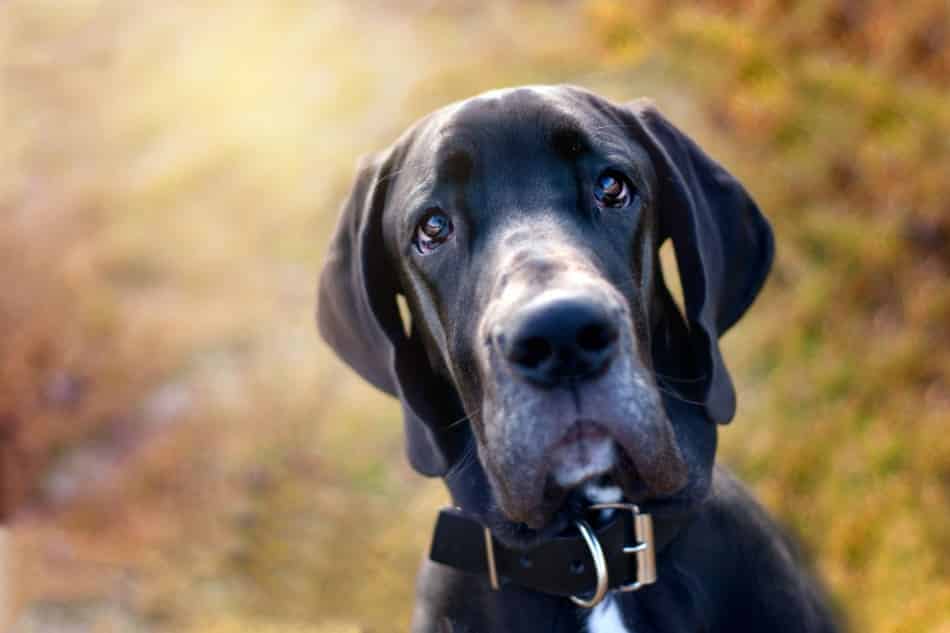
Gastric Dilatation Volvulus (GDV), otherwise known as Canine Bloat, happens when the stomach fills with gas and twists.
This is a life-threatening condition that can kill a dog in a matter of hours if not treated immediately.
Here’s what you need to know about the risks and symptoms of GDV in dogs, so you can keep your pup safe.
CAN GREAT DANE PUPPIES GET BLOAT?
Unfortunately for Dane owners, Gastric Dilatation Volvulus (GDV) / Bloat, can happen at absolutely any age. Giant breeds experience bloat because they have deep chest cavities which can easily fill up with air, causing bloat. (Read more here)
The following image is from Thedogplace, and shows an example of how the stomach fills up with air when a dog is bloating. For more information from Thedogplace, click here.

When a giant breed dog’s chest fills up with air, this is when dogs bloat.
However, the ‘torsion’ or ‘twisting’ of the stomach, is when the dog is at high risk for death.
Bloat can happen in any age dog from a young dog to a senior, although it is more rare to see dogs bloat as puppies.
Gastropexy Surgery- Click Here to Read and Learnhttps://www.hellodanes.com/stomach-tacking-pros-and-cons-for-great-danes/
Affected dogs range from any age, but tend to be breed predisposed and have a family history of bloat.
DOG BREEDS THAT ARE MOST PRONE TO DEVELOP BLOAT
While any breed of dog can develop bloat, there are certain factors that make some dogs more prone to it.
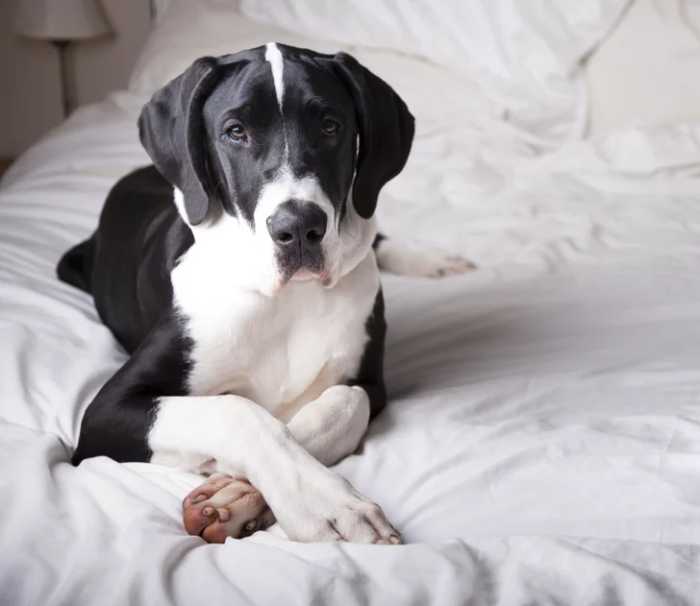
Dogs with deep chests, like Great Danes, are at a higher risk because their anatomy makes them more likely to experience stomach torsion.
Other dog breeds that are prone to developing bloat are:
- Irish Wolfhound
- Borzois Gordon Setters
- Newfoundlands
- St. Bernards
- Rottweilers
- Great Pyrenees
- Weimaraners
- German Shepherds
- Standard Poodles & other poodle mixes.
While any dog can get bloat, these are the breeds that are most at risk. If you have a giant breed dog like a Great Dane or a German Shepherd, it’s important to be aware of the signs and symptoms of GDV so you can get your pup to the vet immediately if they start to experience them.
SIGNS & SYMPTOMS OF A BLOAT EVENT IN DOGS
The signs of a dog bloating can be mild to severe.

Great Dane owners should be WELL VERSED in knowing what bloat looks like so that they can catch it at the first, early sign.
With delayed treatment, death is a serious risk.



- Pacing
- Drooling
- Foaming at the mouth
- Restlessness or ‘unsettling’ in dog’s behavior
- Unproductive vomiting (retching)
- Exposed tummy (when lying down)
- Distended, tight abdomen
- Pain in the abdomen
- Pale gums
- Excessive drooling
- Retching without vomiting
- Lethargy
THE FIRST SIGN OF GREAT DANE BLOAT
The first sign that your dog may be bloating is an enlarged abdomen. You may also notice your dog pacing or restlessness.
The following image from Wiki is an example of the distended tummy of a Great Dane that is bloating.
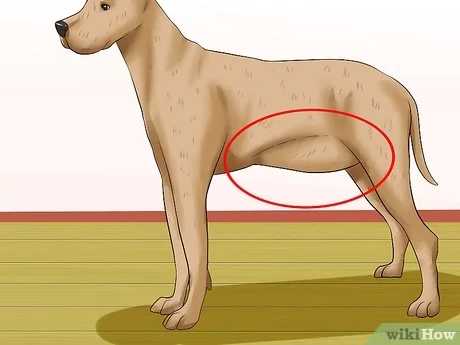
A distended stomach in large breed dogs means that their stomach is ‘full’ and ‘hard’.
The distended stomach is caused by air pushing against the abdominal wall. This air is extremely dangerous and will require emergency surgery to be removed. A distended stomach can cause something called Torsion, which is when the stomach begins to twist, possibly causing a lack of blood supply to vital organs.
If you notice any of these symptoms, it’s important to get your dog to the vet immediately. The risk increases the longer your dog goes without getting the air relieved and Great Danes are at risk of a potentially deadly condition, especially without medical care.
OTHER SIGNS OF BLOAT IN GREAT DANES

Another very common sign of developing bloat in Great Danes is white, foamy drool.
Great Danes will often ‘try’ to vomit, but nothing will come up.
The reason for this white, foamy puke is because your dog is attempting to throw-up, but they are unable to do so, due to the torsion (or stomach flipping).
White, foamy puke should be an immediate red flag for any Great Dane owner and should be a ticket to the veterinarian immediately to receive medical intervention.
WHAT IS TORSION IN GREAT DANES?

Torsion in a Great Dane happens when the stomach twists, cutting off the dog’s blood supply.
Torsion is also known as GDV (gastric dilation and volvulus).
However, there is extreme confusion between ‘bloat’ and ‘torsion’. Bloat CAN happen without torsion (twisting) but torsion cannot happen without bloat.
Torsion puts your Great Dane at the highest risk for death.
IS BLOAT GOING TO KILL MY GREAT DANE?
Great Dane bloat is a life threatening condition that can cause death within hours if not treated immediately.
READ MORE BY CLICKING THE PICTURE BELOW:

Torsion usually occurs when the stomach is full of food and gas. The extra weight in the stomach causes it to twist, cutting off the blood supply to vital organs like the heart and lungs.
Torsion can also be caused by stress, exercise, or a genetic risk allele.
Because bloat and torsion have a genetic factor, it is absolutely crucial to choose wisely when you are choosing a Great Dane breeder.
Great Danes are especially prone to torsion because of their deep chests and large stomachs.
When a dog’s stomach twists, it is an emergency situation and they must be seen by a veterinarian immediately.
Treatment for GDV usually involves surgery to untwist the stomach and remove any gas or food that is present.
After surgery, your dog will need to be monitored closely for 24-48 hours to make sure they don’t experience any complications.
While bloat can be a scary condition, it is important to remember that it is treatable if caught early. The key is to be aware of the signs and symptoms so you can get your pup the help they need as quickly as possible.
If you have any questions about bloat or torsion in Great Danes, please feel free to reach out to us! We are always happy to help educate our Great Dane community.
TREATMENT FOR BLOAT IN DOGS
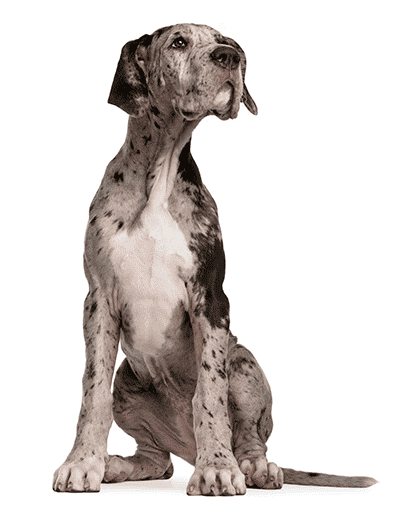
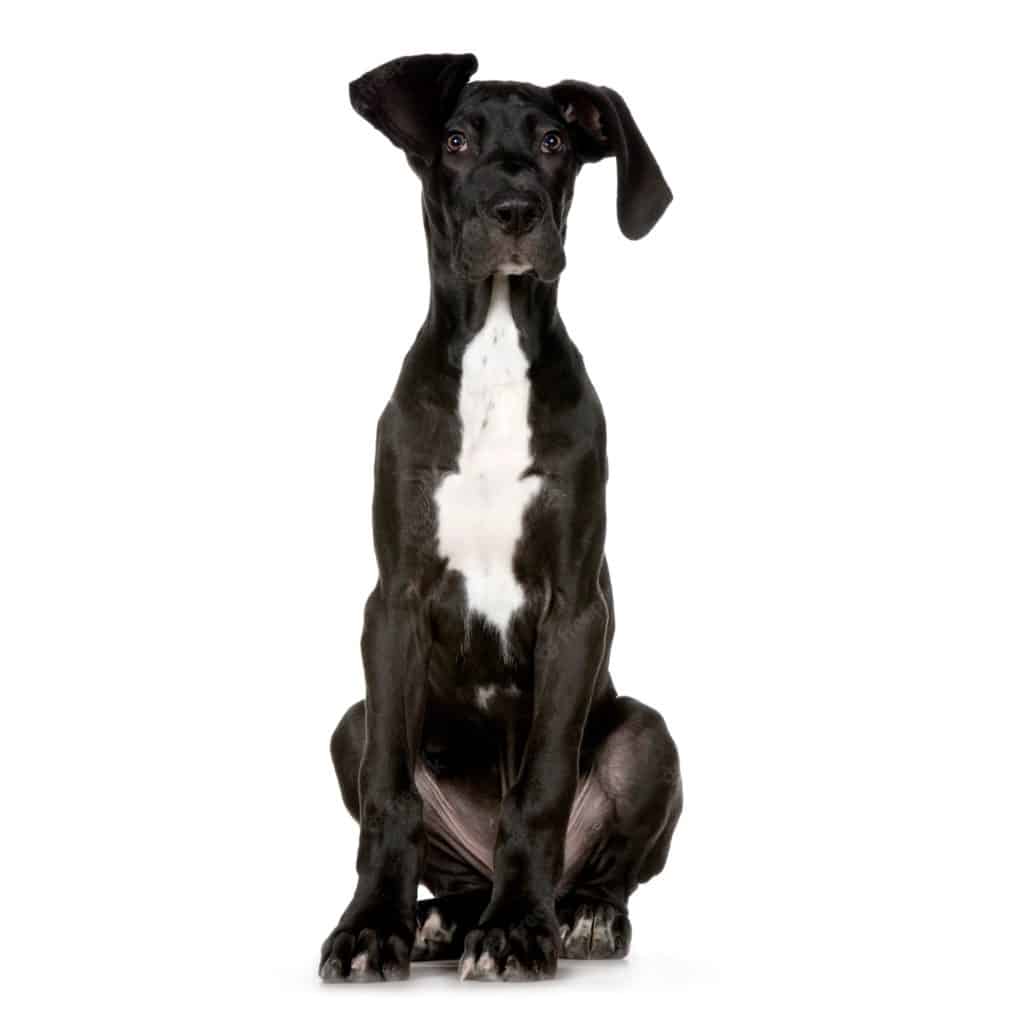
Once at the vet, they will start by doing a physical examination and working on stabilizing your dog. This may include giving them IV fluids and oxygen. On the xray, your vet will diagnose bloat.
The only way to treat your bloat in dogs is with bloat surgery, and the surgical procedure needs to happen quickly or there is an increased risk of health issues and even death.
BLOAT SURGERY IN GREAT DANES
Bloat surgery in Great Danes happens by making an incision in the dog’s side and then untwisting the stomach. The vet will also put a tube down your dog’s throat to help remove any gas or food that is present in their stomach.
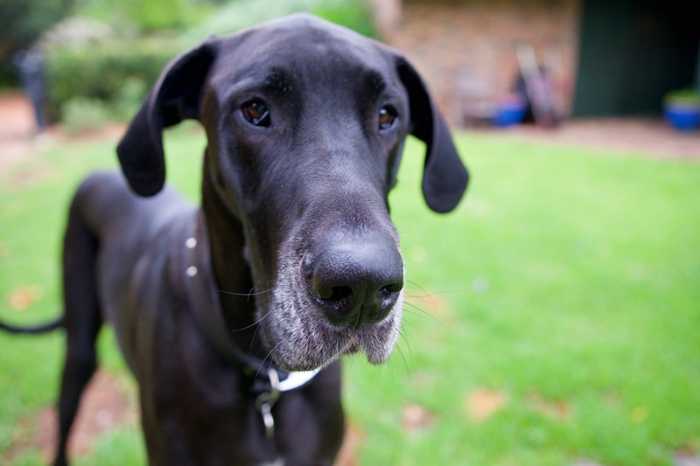
If bloat has not caused twisting of the stomach (torsion), the Veterinarian will treat bloat by decompressing the stomach with a needle or tube.
After surgery, your dog will need to be monitored closely for 24-48 hours to make sure they don’t experience any complications.
While bloat can be a scary condition, it is important to remember that it is treatable if caught early. The key is to be aware of the signs and symptoms so you can get your pup the help they need as quickly as possible.
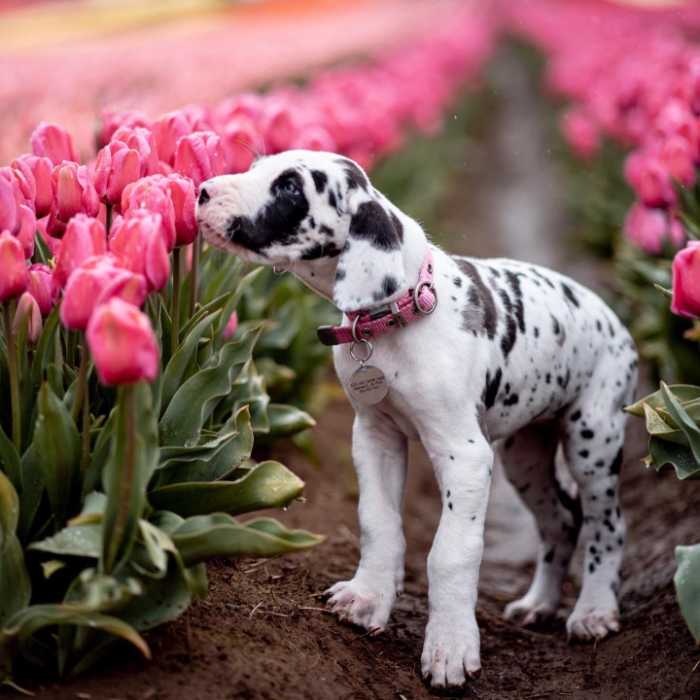
If you have any questions about bloat or torsion in Great Danes, please feel free to reach out to us! We are always happy to help educate our Great Dane community.
VISIT OUR BLOAT RESOURCES PAGE HERE
RELEASING AIR FROM THE BODY WALL IN THE STOMACH
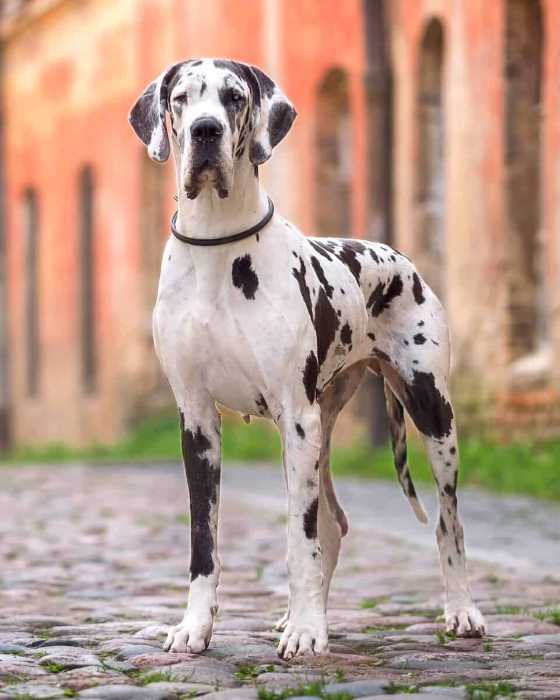
When the stomach fills with air, the stomach wall leaves no room for blood flow to important and vital organs.
Surgery will be performed on your Great Dane to release the air that has built up in their stomach and to re-position the stomach if it has twisted.
After the surgery is completed, your dog will be brought into recovery where they will stay for 24-48 hours.
You will likely be given pain medication to take home with you for your dog, as this surgery can be very painful.
Do not administer medication at home without vet approval- as some can be toxic to your pet.
STOMACH TACK IN GREAT DANES TO PREVENT BLOAT
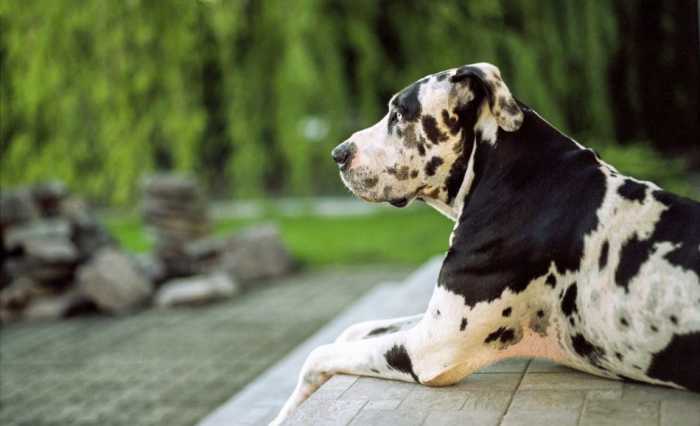
Preventing bloat is something that all dog owners want to be aware of. Knowing the risk factors for bloat is the best way to prevent bloat. However, there is also a surgery that can be done prior to a dog bloating that can help to somewhat ‘prevent bloat’.
READ MORE ABOUT PREVENTATIVE SURGERY
GASTROPEXY SURGERY
Gastropexy surgery is a surgery that is conducted, usually at the time of desexing, where the stomach is tacked to the body wall. This prevents the stomach from being able to twist in the event of bloat and can be lifesaving.
While this surgery does not prevent bloat from happening, it can help to prevent torsion (twisting of the stomach) which is often fatal if not caught in time.
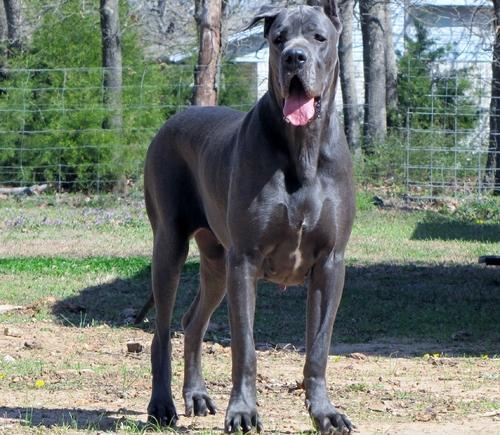
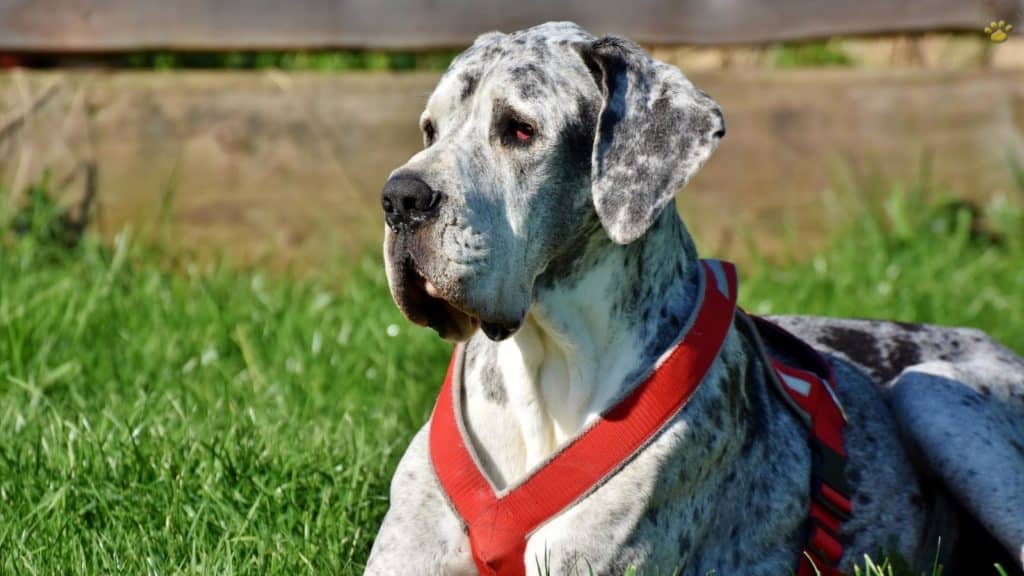
Image from VCA Animal Hospital
If you have any questions about gastropexy surgery or whether it is right for your dog, please speak to your veterinarian.
THE MYTH BEHIND GASTROPEXY SURGERY IN GREAT DANES
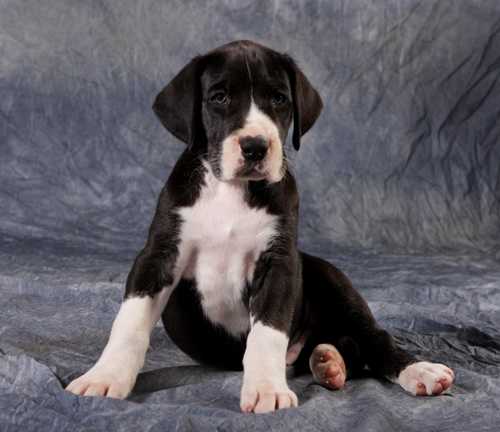
Many owners believe that if their dog has had a stomach tack, they are no longer at risk for their dogs bloating. This is not true.
Gastropexy surgery will help to prevent TORSION, but not the actual bloat from occuring.
This means that even if your dog has had a Gastropexy surgery, they are still at risk for bloating, especially if they have other risk factors.
There is a lifetime risk of bloat in dogs who have any contributing factor of the disease.
However, having a Gastropexy surgery CAN save their life- because it can prevent the stomach from twisting which will cut off blood flow to vital organs.
THE RISK FACTORS FOR DOGS BLOATING
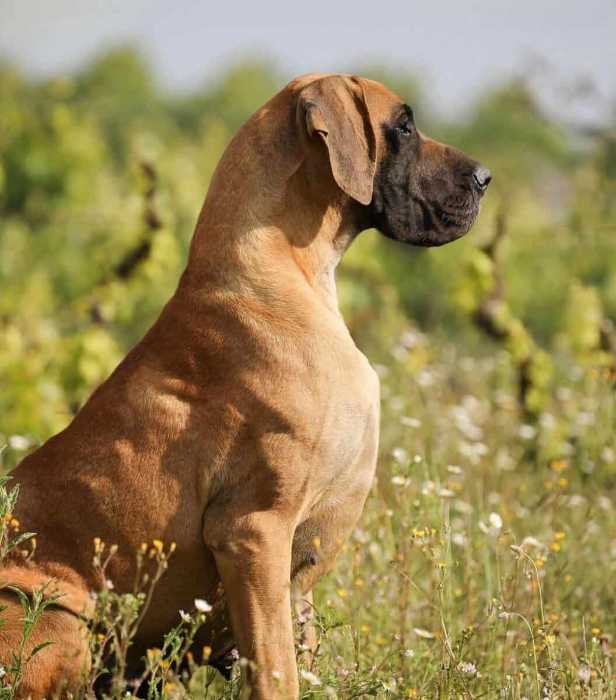
The risk factors of dogs bloating are genetics, gut health and stress. Many myths and lies float around about why dogs bloat. However, it has been proven that more dogs bloat who are genetically predisposed, have weak or failing gut health, or are stressed / fearful dogs.
GENETICS AND BLOAT
Genetics has been proven to contribute to bloat. There are risk alleles in genetic lines that show that if a grandparent, etc, has bloated, that the future dogs in the lineage are more likely to bloat as well.
If you are bringing home a Great Dane puppy, it is crucial that you check both the male and females pedigree and ask a lot of questions to the breeder about whether any dog in the lineage has bloated.
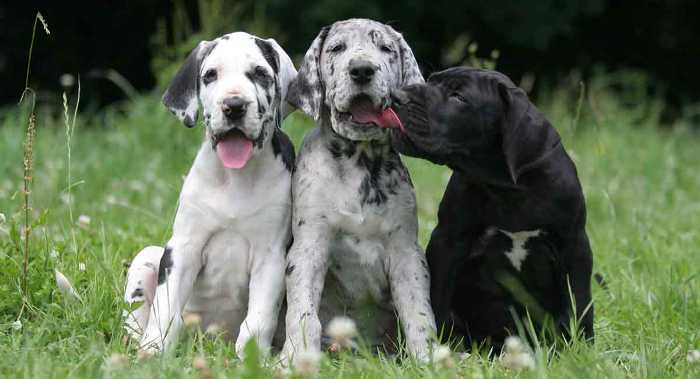
STRESS AND BLOAT
Stress is also a big risk factor for bloat. Dogs who are fearful or anxious are more likely to bloat than dogs who are confident and have no fear.
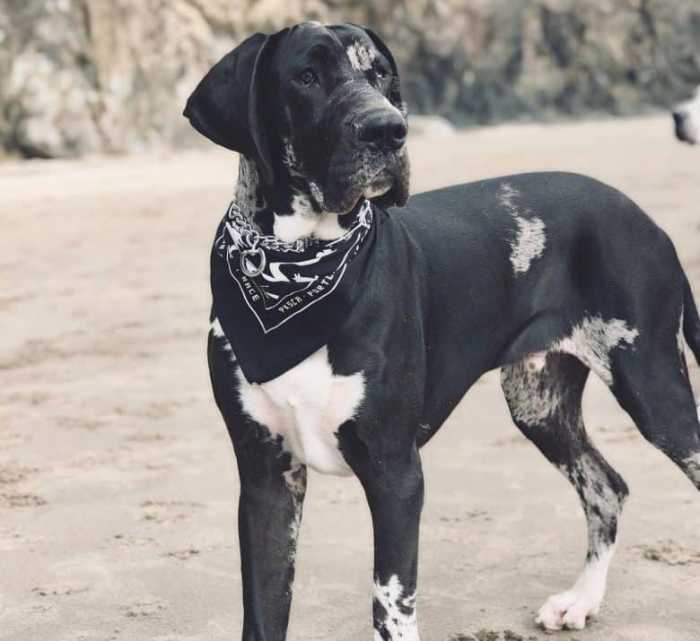
This is because when a dog is stressed, their body produces cortisol- which can contribute to an upset stomach and can cause the dog to bloat.
There are many ways to prevent stress in dogs- such as training, socialization, providing a calm environment, etc.
Resources below for your convenience:
GUT HEALTH AND BLOAT
Gut health is also a big risk factor for bloat. Dogs who have weak gut health are more likely to bloat than dogs with strong gut health. (READ MORE HERE)
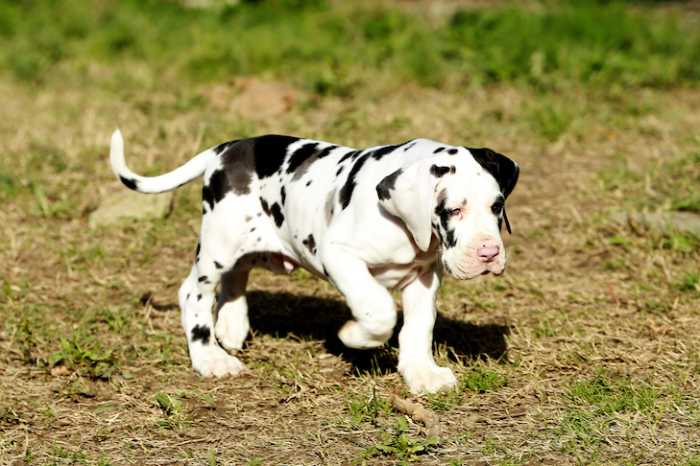
There are many ways to improve gut health in dogs- such as feeding a high quality diet, adding probiotics, etc.
MYTHS ABOUT BLOAT IN GREAT DANES AND OTHER BREEDS
Unfortunately, many myths are spread everyday about bloat and why it happens. The more myths that are spread, the further veterinary medicine gets from finding a cure for the disease.
MYTH 1: RAISED FEEDERS WILL HELP TO PREVENT BLOAT. Raised feeders are something that big dog owners LOVE to talk about! However, did you know that recent science/data actually says that they are INCREASING the rate of bloating dogs?
MYTH 2: FEEDING BEFORE OR AFTER EXERCISE IS GOING TO CAUSE BLOAT. If only it was this simple! Unfortunately, although fast eaters ARE more prone to bloating, allowing your dogs to run around before or after a meal is NOT a contributing factor to whether or not they are going to bloat!
MYTH 3: GASTROPEXY WILL PREVENT BLOAT. The truth is, Gastropexy will only PREVENT TORSION- which is when the stomach twists and cuts off blood flow to vital organs. Gastropexy will not prevent bloat from happening.

CAN GREAT DANE PUPPIES BLOAT?
Unfortunately, the answer is yes. Giant breeds of any age are susceptible to bloating and if you have a giant breed in your life you should know exactly what to look for.
Should your large breed dog exhibit symptoms of bloat, you should get them to the emergency veterinarian immediately for treatment.

Leave a Reply